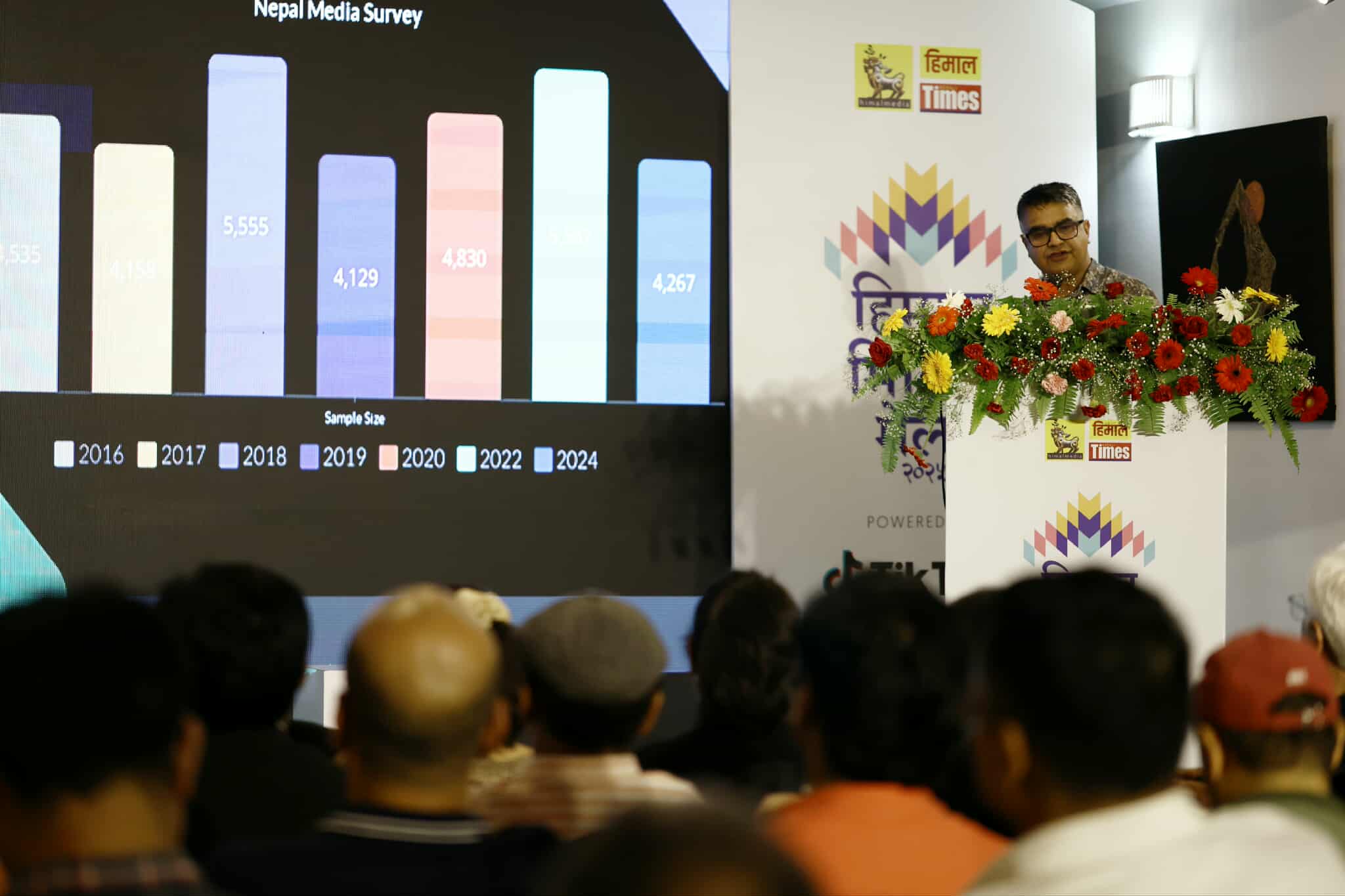The present and future of news
Himal Media Mela 2025 focused on video content for digital reach and revenue while underscoring the significance of journalism in the age of AI and polarisationThe fourth Himal Media Mela on Friday, 25 July coincided with the 25th anniversary of Nepali Times, and workshops throughout the day focused on how the media can increase its reach and revenue in a rapidly evolving digital landscape.
In his opening remarks, Nepali Times publisher Kunda Dixit spoke about the accelerated changes in the media sphere, and how legacy media exists in the digital space. “Big Tech has gradually dismantled the structures of content moderation,” said Dixit. “Algorithmic authoritarianism has polarised society, fuelling conflict and intolerance.”
“The forces undermining democracy and freedom of expression through disinformation and fake news are the same people who are also vaccine and climate deniers, warmongers who cheer genocide, fan flames of ultra-nationalism and sectarianism,” Dixit continued.
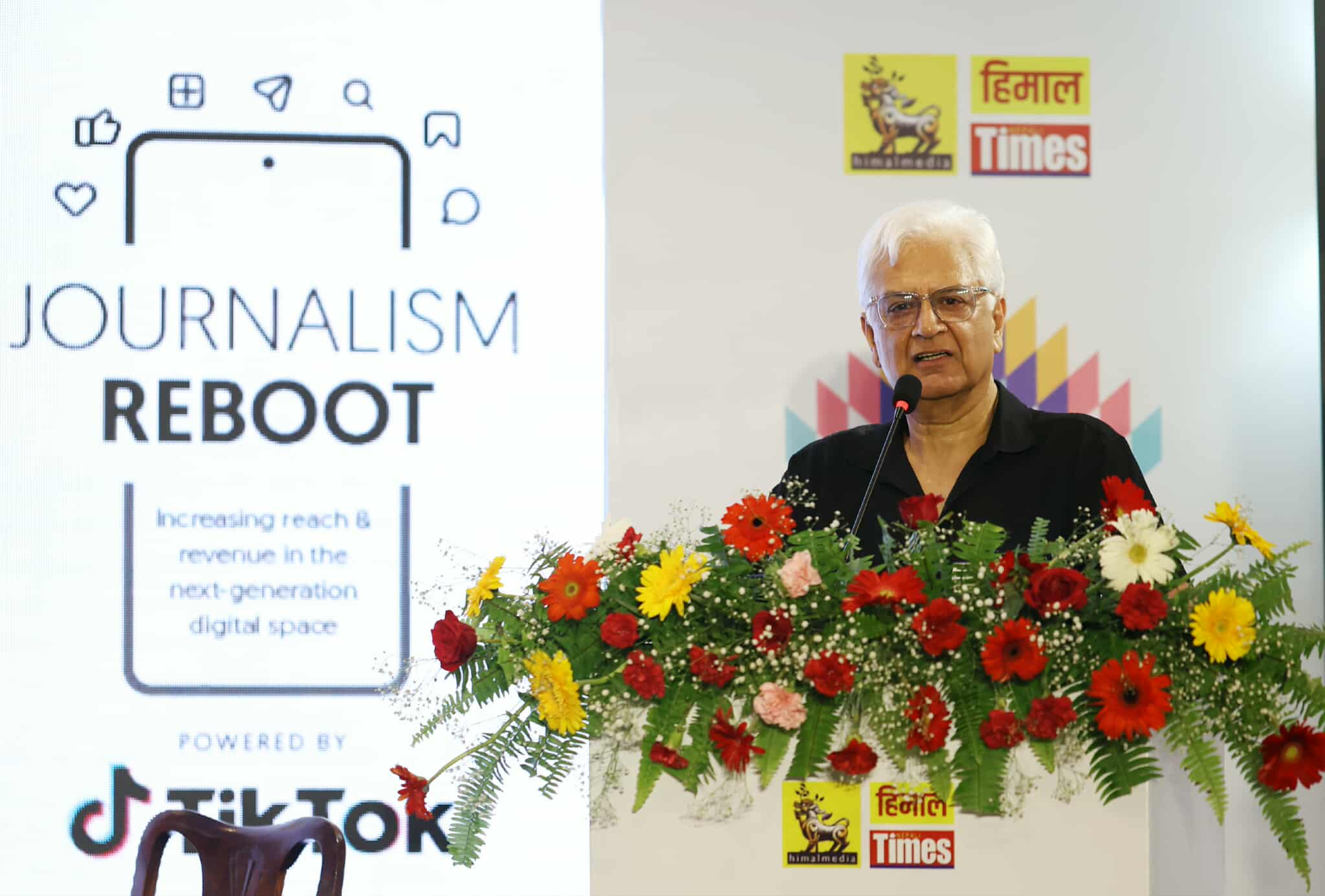
However, even as operators of social media platforms are increasingly controlling how and to what degree the audience is able to connect with news and journalists, digital networks can also be a means of uniting against oppression and promoting public interest journalism.
So controlling the internet because it has become violent is not the solution. Rather, Nepal should seek strict guidelines and their compliance, not by punishing journalists using irrelevant laws, as has been the case lately. “When we block platforms — along with the untruth, the truth also disappears,” noted Dixit.
In her keynote, Manisha Pande of digital portal Newslaundry in India underscored the increased significance of journalism in the age of social media and AI.
“In a democracy, journalism and access to clear, credible information is like access to clean water,” said Pande. “It is what allows people to make sensible electoral choices and it makes all the difference between a democracy and an autocracy.”
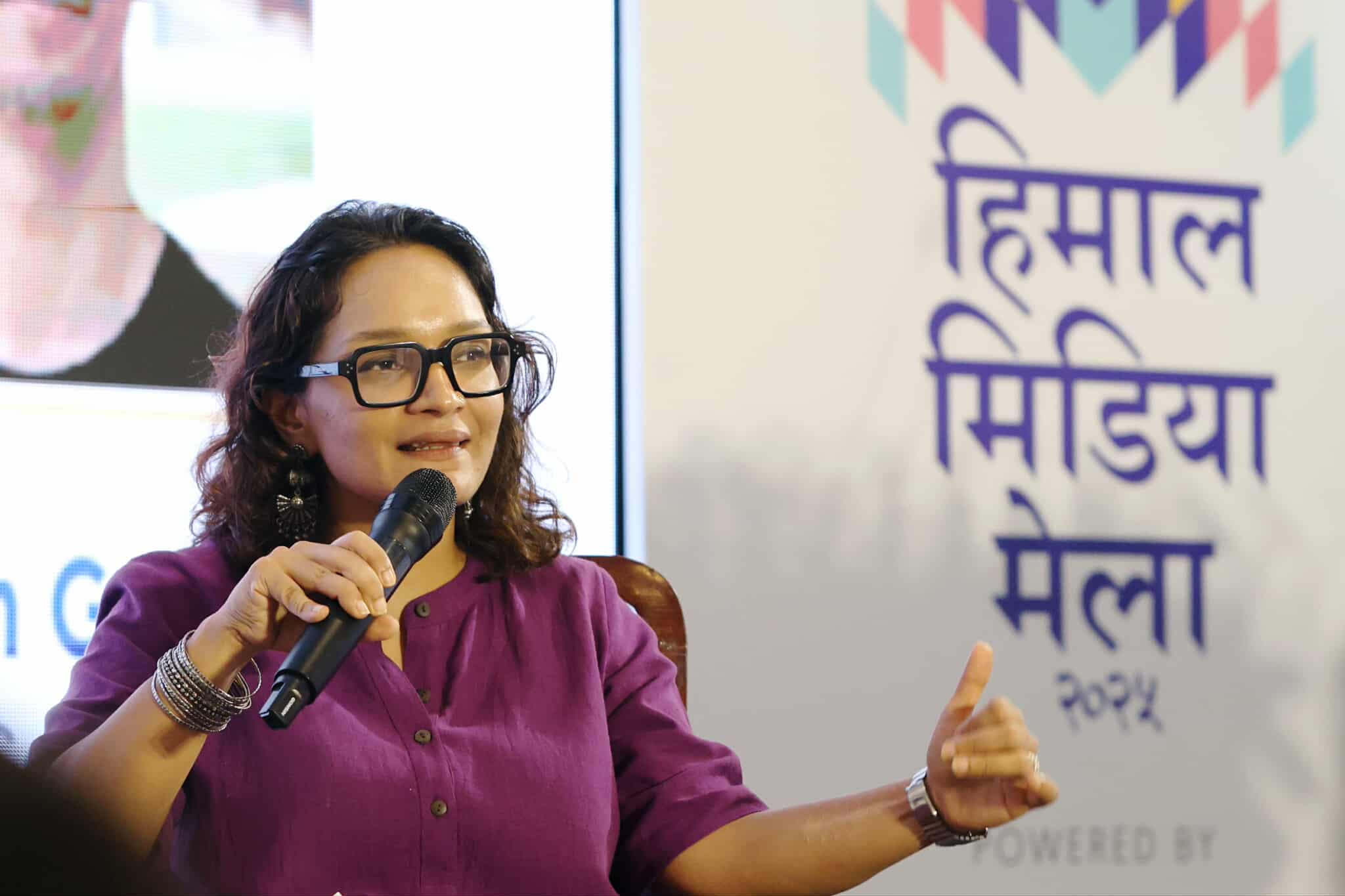
But the media industry finds itself in a financial crisis today, brought on by social media as well as economic collapse since before the Covid-19 pandemic. Interestingly, Newslaundry which was launched in 2012, is a 100% ad-free: no Google ads, no corporate ads, no political funding, and fully sustained by subscribers, allowing them greater independence.
In an age when facts do not matter, journalism needs to be more proactive and go where the audience is. Said Pande: “We need to use the internet and social media tools we have to repackage traditional journalism in a way that is interesting to the audience.”
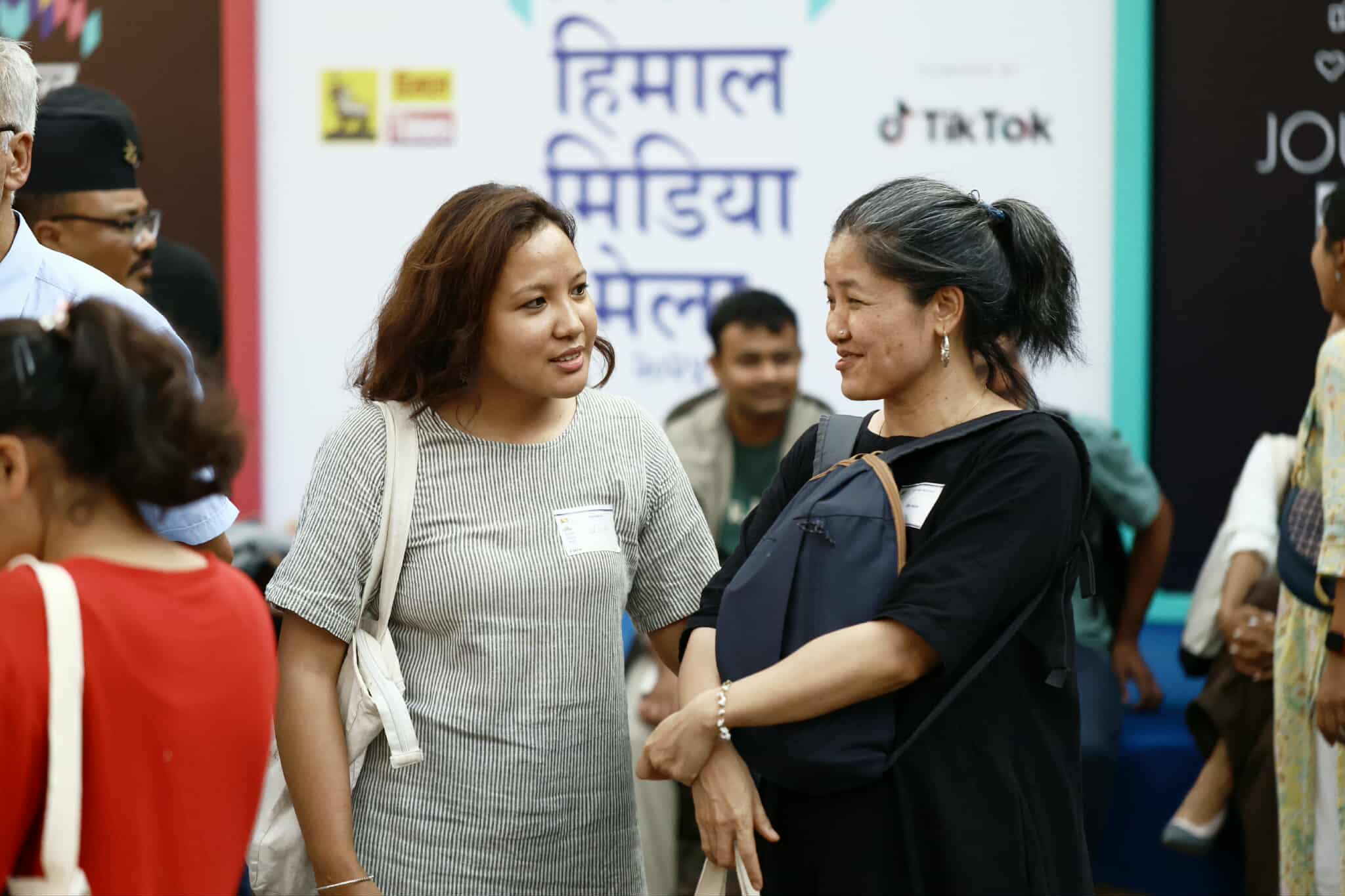
Designing a new digital space for journalism
Echoing her sentiment was Anup Kaphle of Rest of World as he led the first session, Designing a New Digital Space for Journalism. “You have to meet your audience where they are, which is on their phones and social media,” said Kaphle, also noting that social media can be a “double-edged sword that is excellent for distribution but also vulnerable to misinformation.”
Kaphle was previously Chief Editor of The Kathmandu Post, and has held Editorial positions at Buzzfeed, and The Washington Post. His talk focused on how newsrooms can evolve to thrive in the new digital media environment, and the need to accept that fact that how people consume text has fundamentally changed.
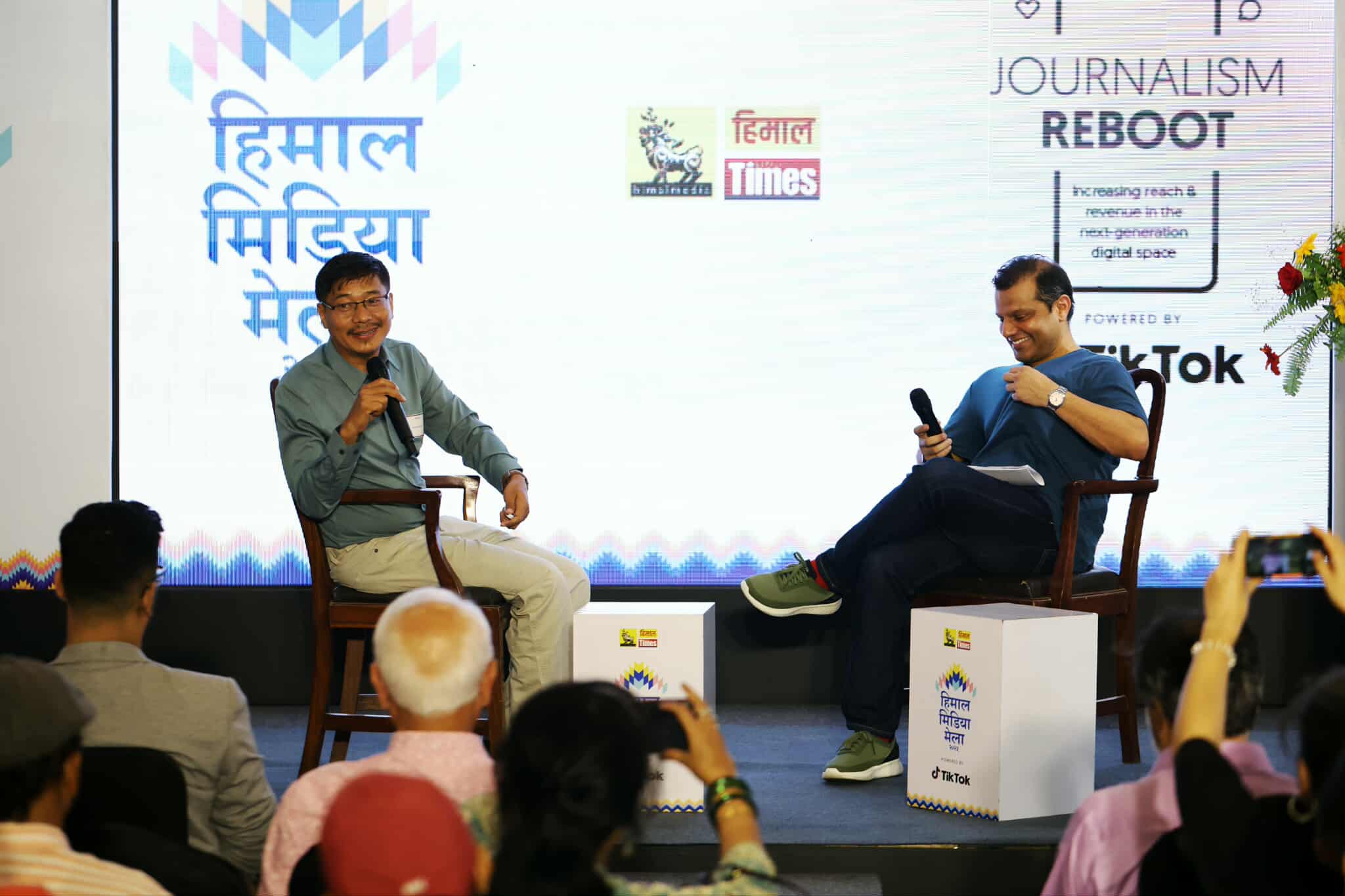
The attention economy was a big focus of the talk. Most people are watching short form content on their phones - think TikTok, Instagram Reels, YouTube Shorts. “Every journalist should be able to go on camera and summarise their story in 30 seconds,” said Kaphle, also pointing out that building a loyal community of readers comes from consistency, quality, and trust
Kaphle also emphasised the need to think about revenue, beyond the obsolete model of relying only on ads, and instead build diverse income streams, such as user generated revenue. He gave examples of the New York Times' metered paywall, where users get a certain number of free articles a month, and then The Guardian, which does not have a paywell but make convincing appeals for voluntary support from readers.
There are also others that put most, or all of their content behind a hard paywall. An adjacent model is memberships, where paying members get access to events, behind-the-scenes, newsletters, or early access to content.
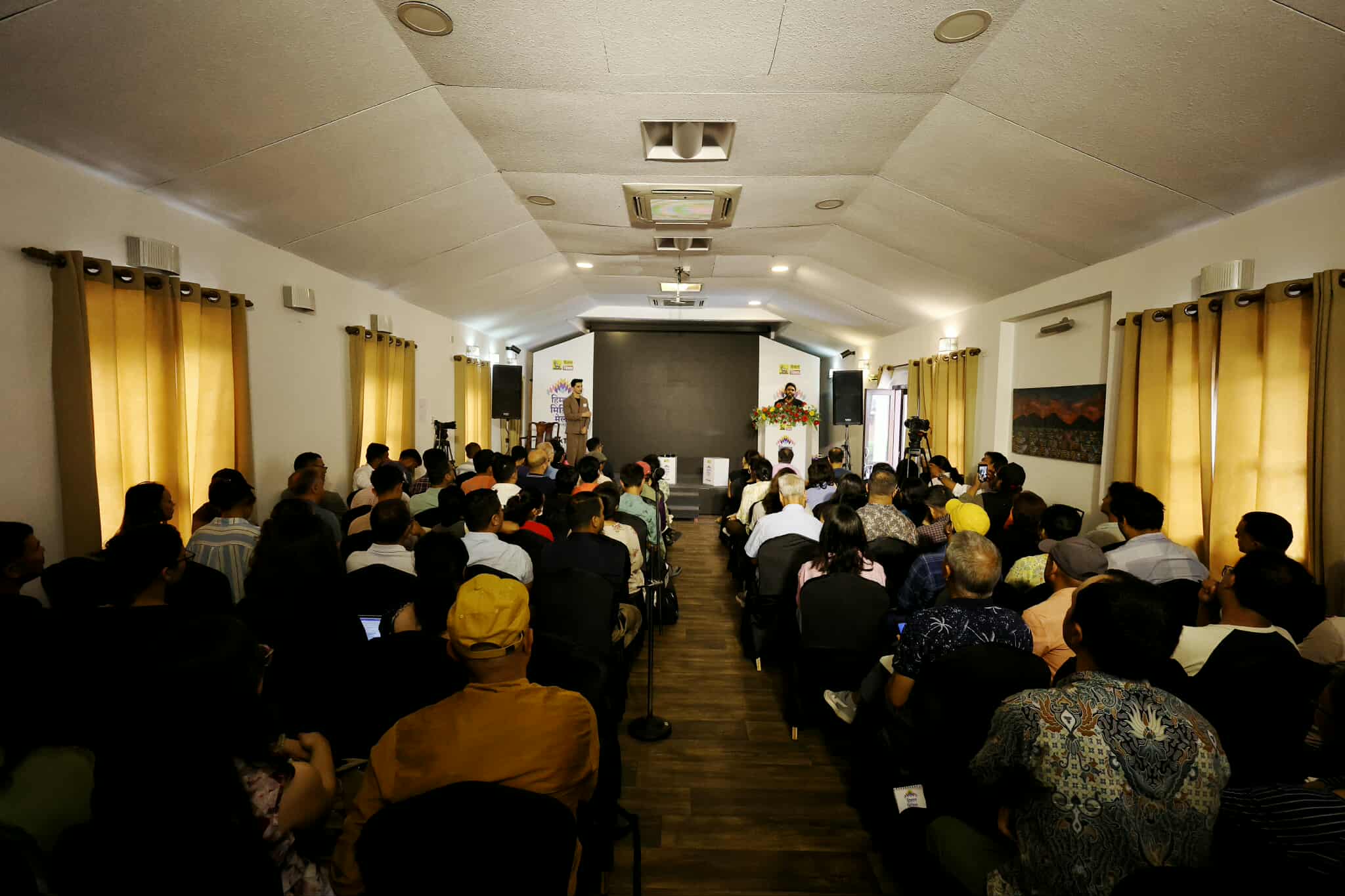
“More and more newsrooms are opening up to their audience, talking to them about what kind of problems they would like to be solved,” said Kaphle, adding that publications with particularly loyal audiences may also think about merchandising —— think The New Yorker totes.
In the meantime, there are a few fundamental things that make a story worth paying attention to. Can stories help readers understand complex information? Do stories add unique value? Are there news needs that are not being met? Are you tracking if, and when, your audience is reading? Do you have a journalistic mission that you are transparent about?
TikTok and Journalism
Meanwhile, Emad Zafar, head of communication from TikTok South Asia, said that while advertising models have put pressure on journalism, TikTok has emerged as a platform that promotes more democratised content.
That has meant that even nations that call themselves democratic have put a blanket ban on the platform, citing concerns of privacy, national security, and safety. Nepal also banned the platform in November 2023, saying the social media platform is spreading social discord, but lifted it last year.
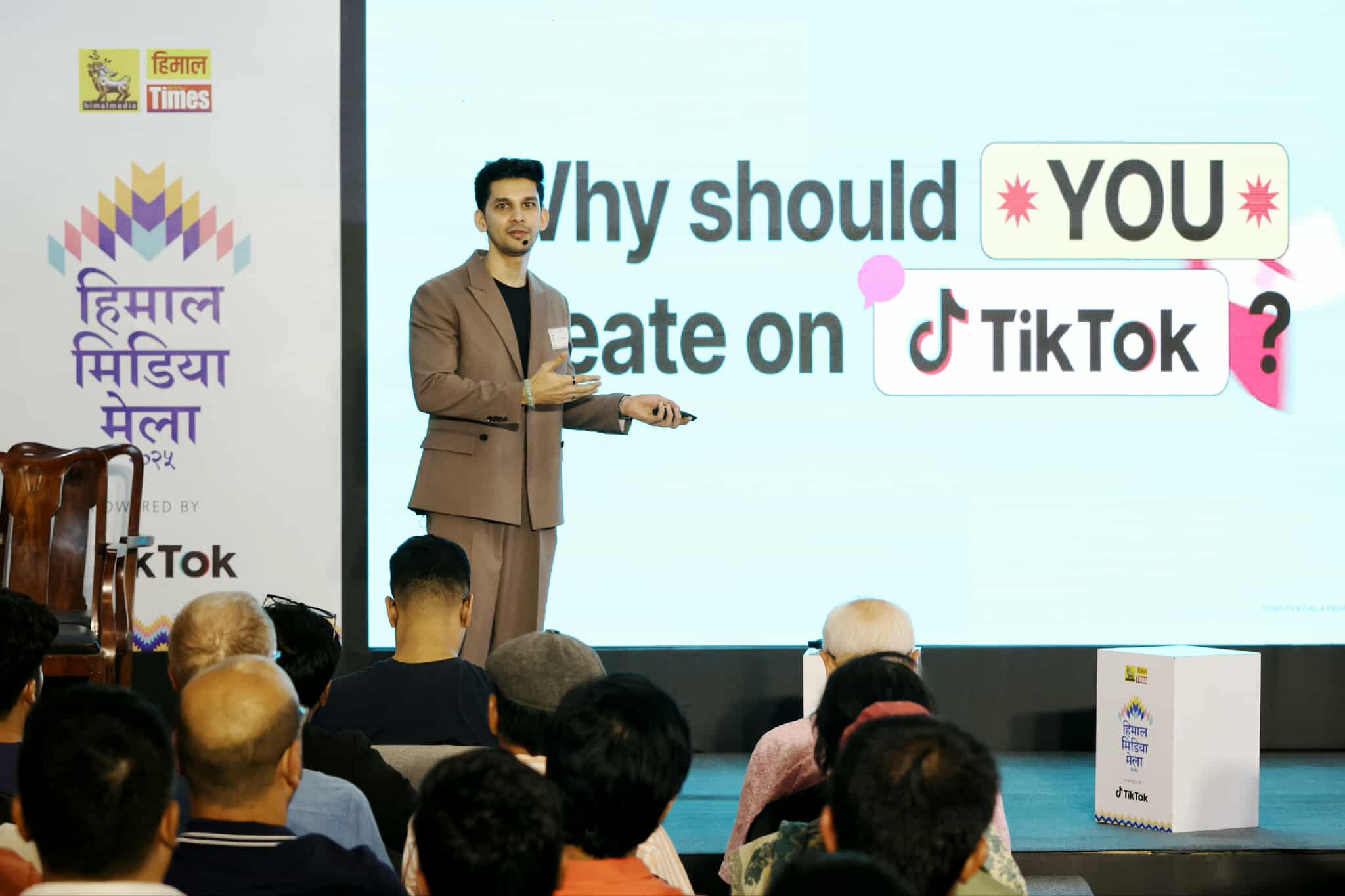
Despite being banned in numerous nations, including the most populous country in the world, the numbers that represent the platform are staggering. One in eight people across the world are on TikTok, creating 66,000 videos every minute. One billion people are on the platform every month.
These figures make it clear why the platform is so important for journalists to get their content out to a much larger audience, said Karan Parihar of TikTok South Asia.
Mamta Siwakoti, TikTok’s Trust and Safety Program Manager, explained the platform’s community guidelines and how journalists can use the platform, even as misinformation has become a major concern for users. TikTok has 21 fact-checking partners, which provide the platform with verified and real time information.
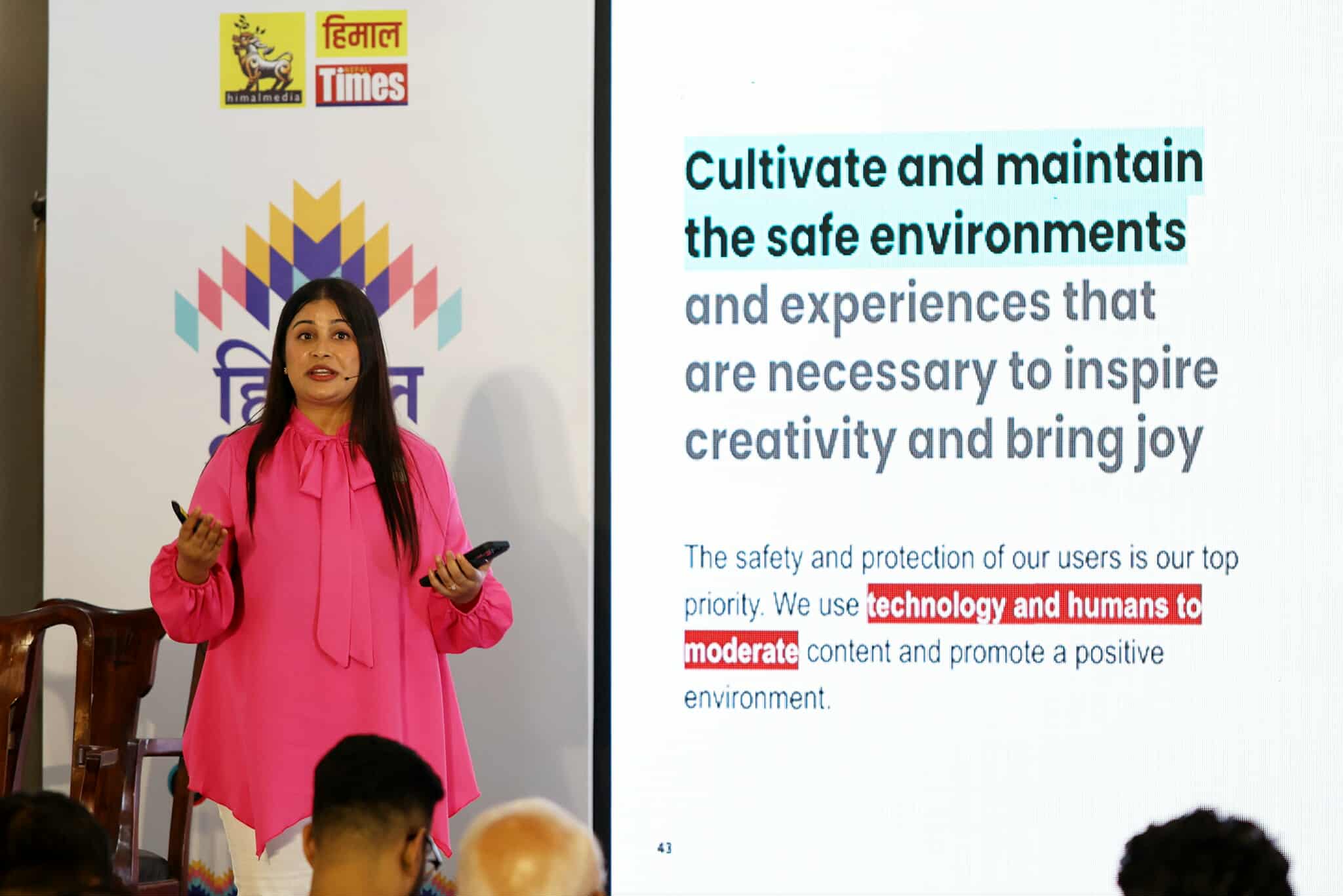
“Freedom of expression needs to be balanced with human rights,” said Siwakoti. “We consult experts while creating community guidelines, so that it serves our wider purpose of safety and security of our users.”
Design and niche content
Swarup Nhasiju Shrestha’s Design Sense for Journalists focused on shooting high quality video stories. Nhasiju is the creative head at V-Chitra advertising agency, and has done design and layout for many Nepali newspapers.
“Your objective is to stop the scroll - nobody has the time to read anymore,” said Shrestha. He listed out the main types of shots and what they do for the story. A closeup of the face shows the subject’s emotions, a wide shot gives context to what is happening, and an unusual shot can show the subject in a different perspective. Cut every second that doesn’t move the story forward.
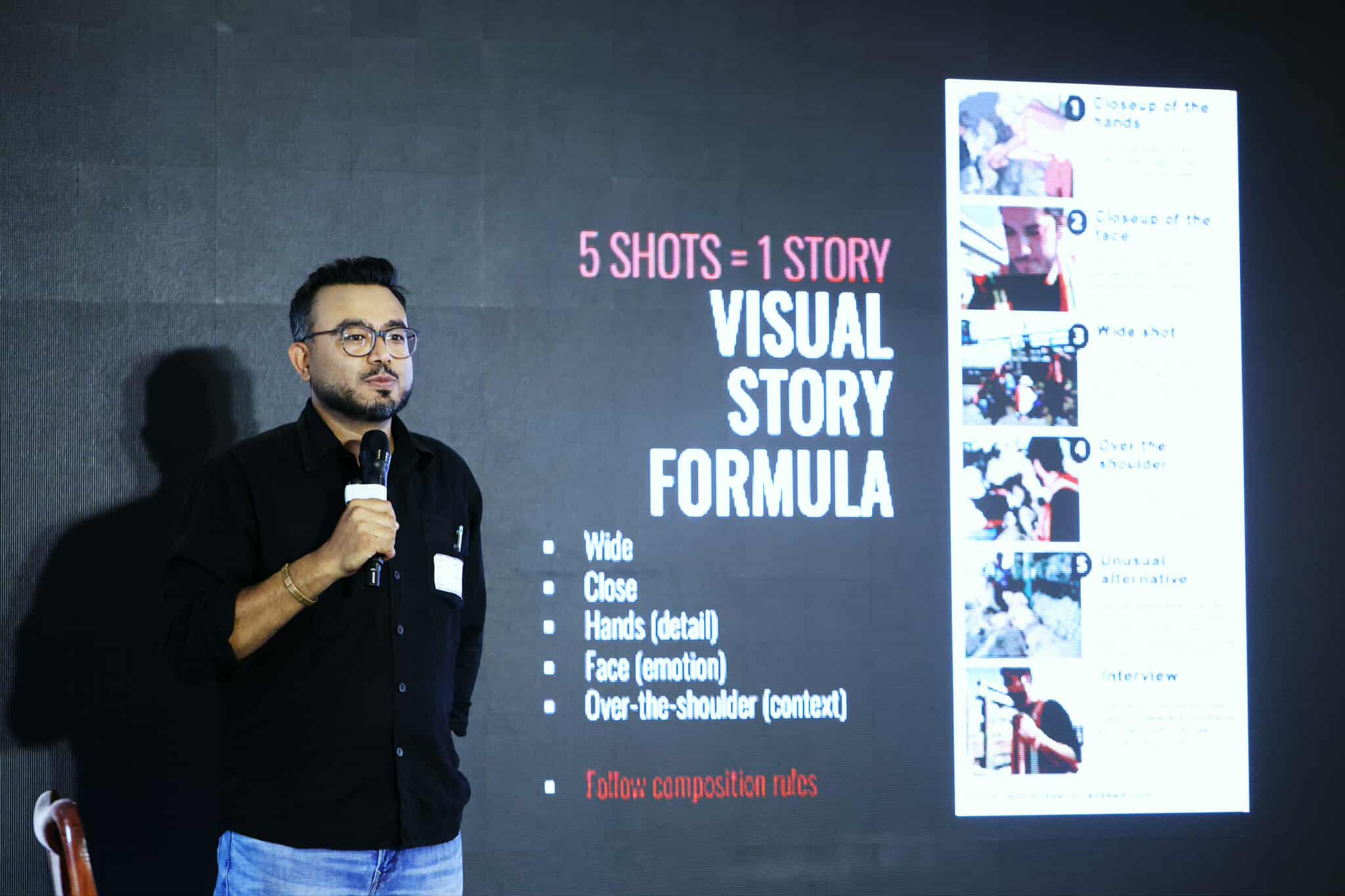
Shrestha also emphasised the importance of audio. “The audience may forgive shaky video, but not bad audio.” As for text on videos, short sentences, in sans serif font, in black and white, is the easiest to read. Thumbnails are the new front page of a newspaper should have faces, action, and high contrast.
In the meantime, a main piece of content can be split up into 3-4 minute ‘mini’ pieces that are less than a minute long. These get the most views, and can funnel viewers to the longer videos. And counterintuitively, release trailers after the main video. This way, anyone who sees a trailer and is interested, can go watch the main video right after.
Also talking about high-impact video content was Sojan Prajapati of Kathmandu ko katha who started out with an aim to inform the public about culture and heritage.
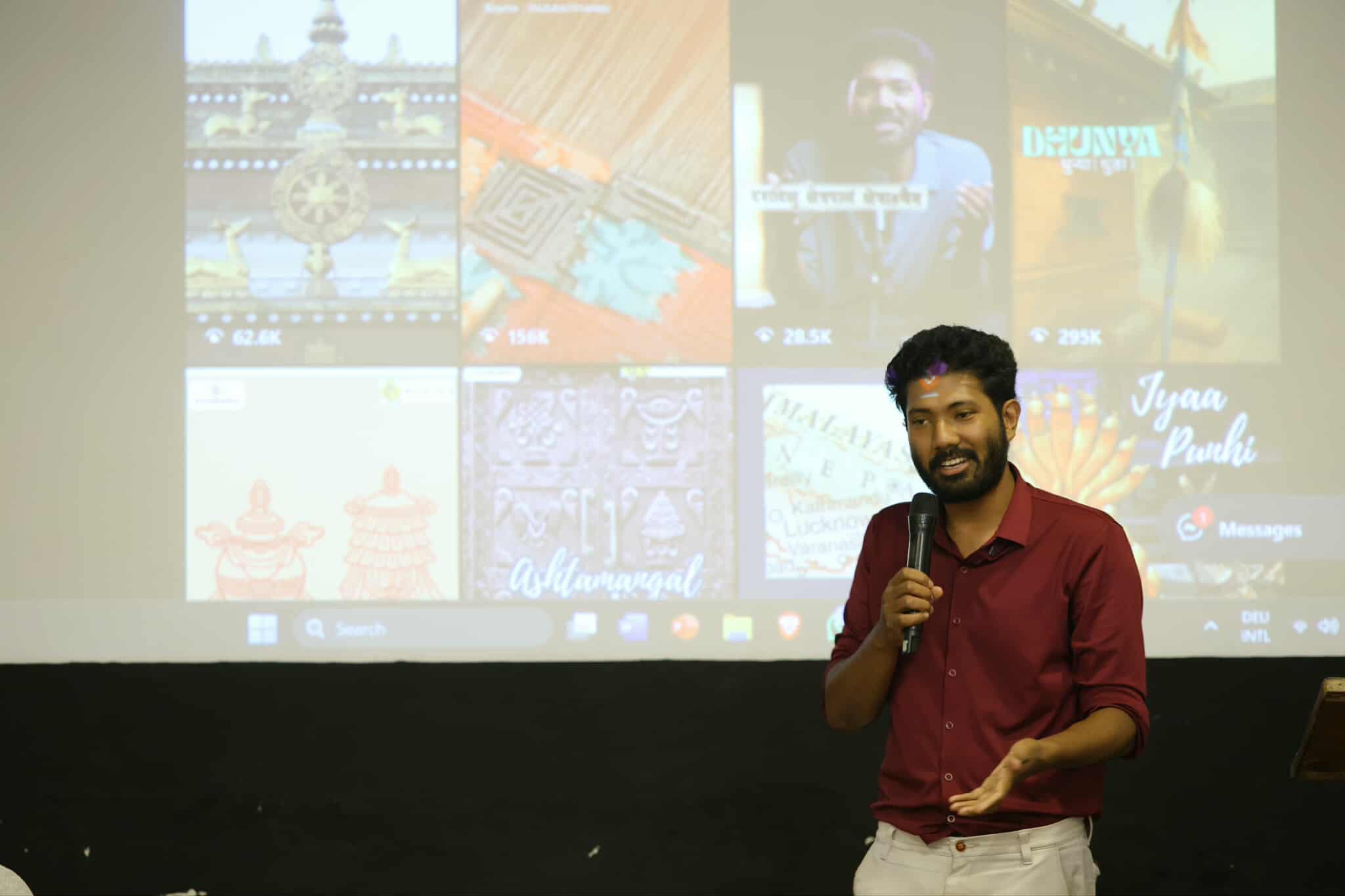
In his session, Niche Content Creation, Prajapati told the audience how he has also used his platform ‘Speak up Nepal’ on Instagram for social issues, went on to push 21 petitions to the House of Representatives, 11 of which are yet to be discussed, while four have been resolved.
The main purpose of journalism should lie in reinstating hope and faith in citizens in a world which is constantly consumed by negative rather than positive news, he said. “Virality and vulnerability have a connection. There should be positive reinforcement for something good. You just have to be genuine for content creation, genuineness pays off well.”
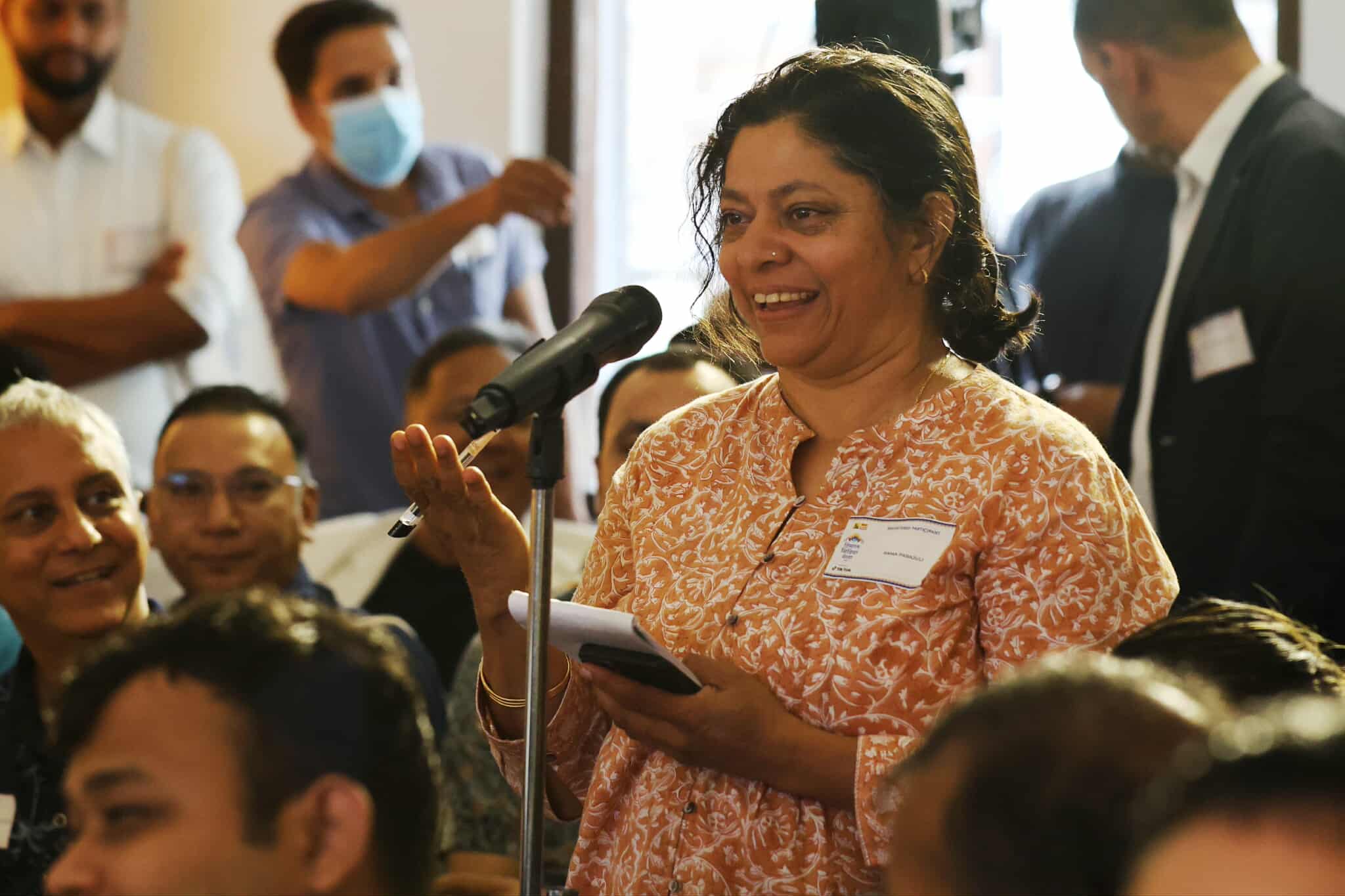
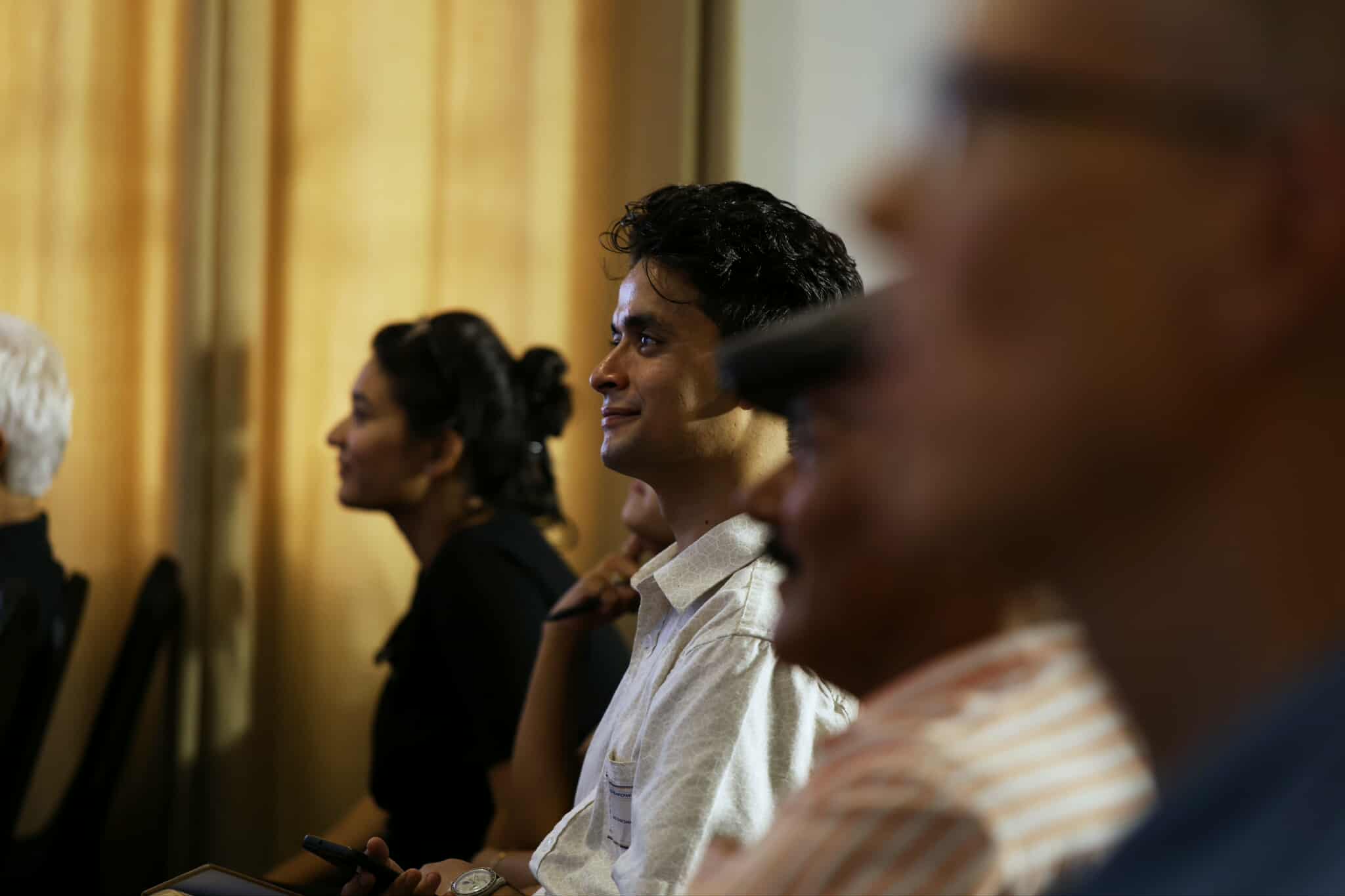
Future of the news
In the last session of the day, The Future of News, Sundeep Narwani spoke about how AI and journalism intersect, and that AI can help journalists in copyrighting, social media captions, editing and translation that help reduce the cost of human resources. Generative AI, in turn, is getting more refined as we feed it with more data. Perplexity and Gemini in particular are competing to become real time search engines.
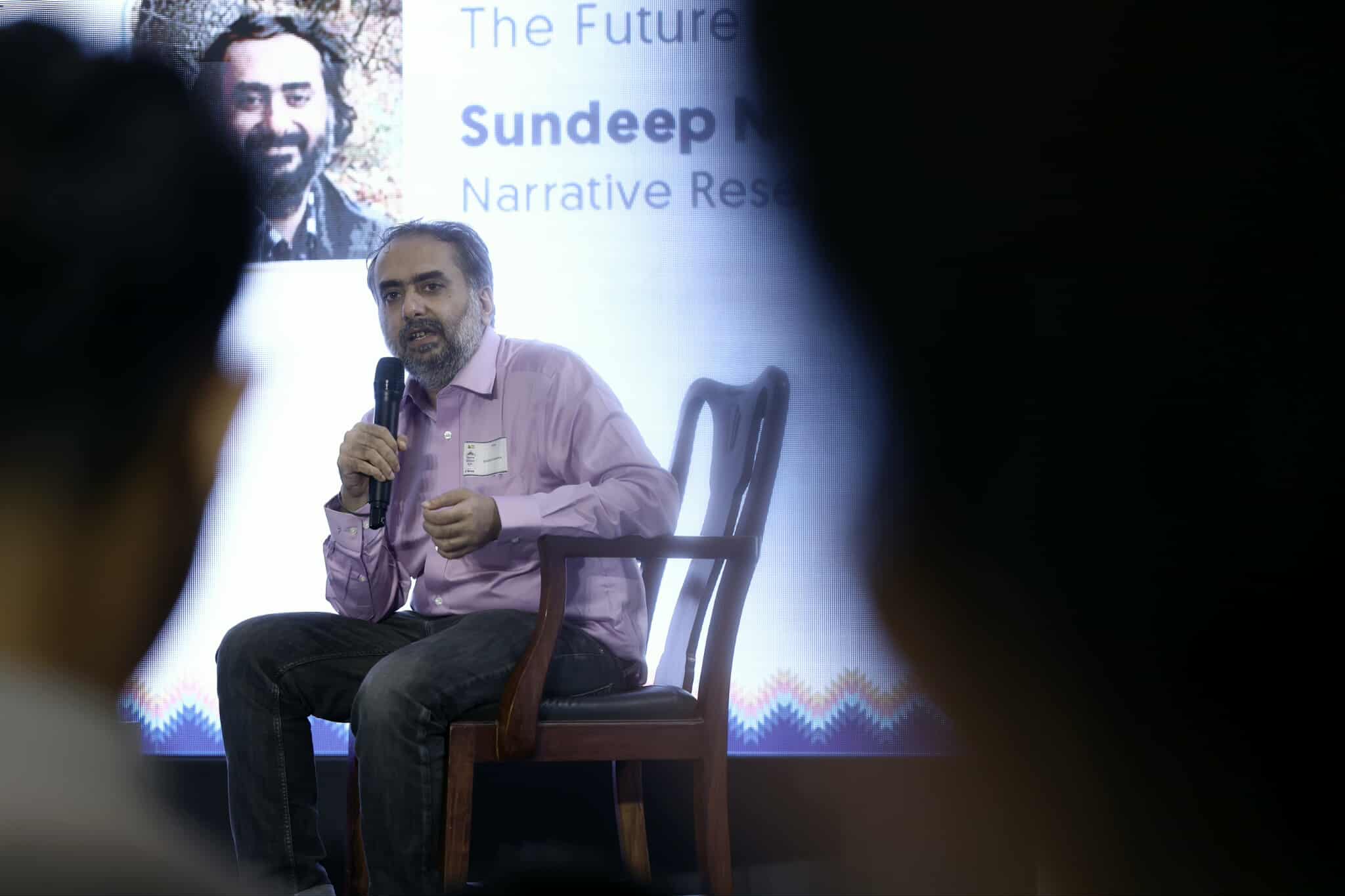
“Agents are beyond bots. A lot of things will become automated, making things serious and sensitive, even leading to loss of jobs,” said Narwani while also urging users to be careful of biases. Even search engines such as Google have been found to favour certain subjects while powerful figures have had the platform remove or clean their names.
This was in line with a session earlier in the day where Naresh Newar showcased a fake video demonstrating the power of AI, and how it could be misused, urging media institutions to come up with guidelines, to not rely overly on these tools.
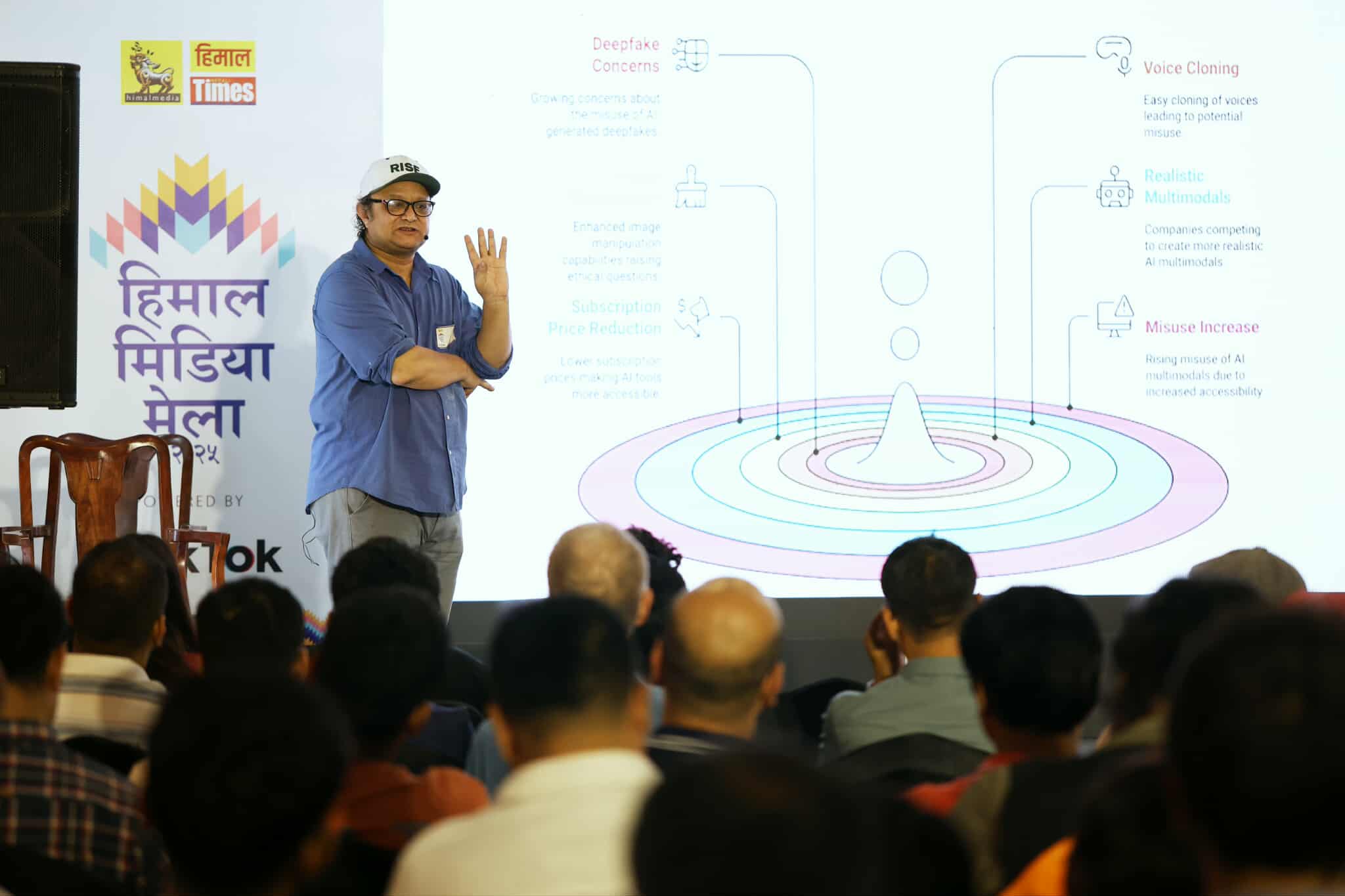
Pollster Madhu Acharya of Sharecase Data Initiative had sobering but optimistic insights. Comparing Nepal Media Survey results of the past year, Acharya deduced that tv had the most viewership in Nepal, but 20% of its revenue was coming from YouTube, while radio was the most trusted, even though it is seeing a rapid decline in audience, and those who remain are mostly older men.
Newspapers, on the other hand, was still one of the most trusted sources, however, it is the source of news for only a little over 5% people. More surprisingly, it is the younger crowd between 18-24 who are reading newspapers the most. On the other hand, online outlets are the new mainstream with most readers between 35-59.
Social media has the largest engagement with YouTube, Facebook and TikTok leading the race. In fact, 11.1 million Nepalis are watching YouTube daily, but these platforms have the lowest level of trust.
